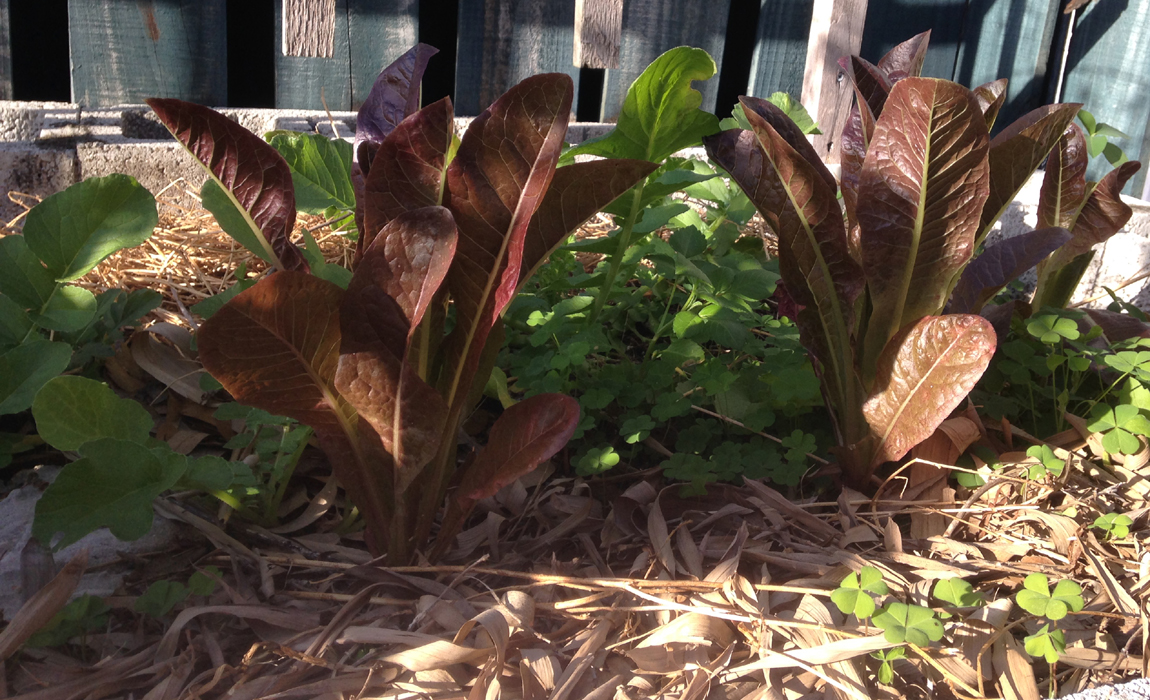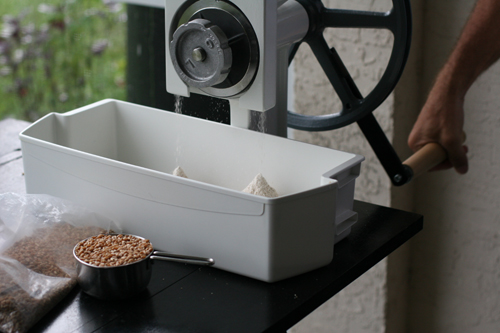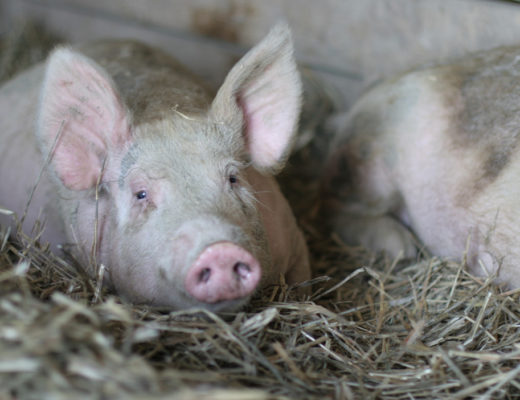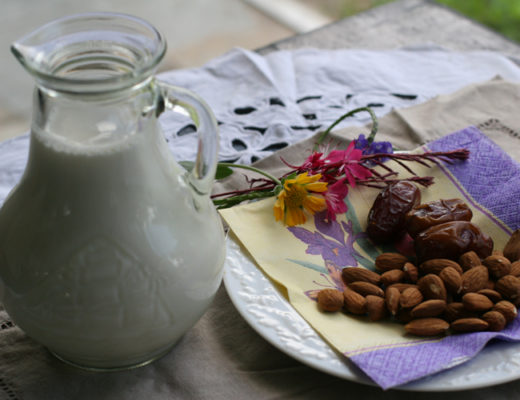Veganic Gardening Goes Beyond Organic
In our garden we are applying veganic growing methods and principles to permaculture. We perceive the core values of permaculture (earth care, people care, and return of surplus) to be consistent with the vegan ethic. Vegan permaculture includes non-human sentient beings in these core values.
Veganic = Vegan-Organic
Veganic gardening goes beyond organic by not only avoiding the use of synthetic sprays and chemicals, but also the use of animal inputs, such as those commonly used in commercial fertilizers. This includes stock animal manures, slaughterhouse sludge, fish emulsion, feather meal, blood meal, and bone meal.
Vegan home gardeners will often try to emulate nature in the design of their gardens. This encourages a diversity of native wildlife such as birds, reptiles, insects and worms. They recognize that all living beings have their role to play in sustaining a balanced and productive ecosystem. They try to manage pest populations using natural methods. Their first line of defense is to grow healthy plants, which in turn means less disease and a larger beneficial insect population.
Healthy Plants Start With Healthy Soil
Whether one’s garden is a home scale garden, community garden, or a container garden, veganic growing practices can be applied. Even some commercial growers are proving great success in growing crops without participating in the exploitation of animals. Some of the methods they use to maintain soil fertility are crop rotation, green manures, cover cropping, mulching, reduced tillage, and polyculture planting.
Much of the soil, especially in and around urban and farming communities, has been polluted and depleted of its nutrients. For this reason we must restore the health of these soils, but we must do so in a way that is both ethical and sustainable. Some of the ways veganic growers increase nutrients to the soil are: plant-based composting, teas, bokashi, humic acids, seaweeds, wood ash, and the addition of mineral and plant based fertilizers. The use of humanure is arguably an acceptable veganic practice as well, in that it doesn’t involve harm or exploitation to collect one’s own waste. Some vegans find vermiculture acceptable. Here at Sunny Rain we prefer to encourage worm populations within the soil by adding organic matter and limiting soil disturbance.
Designing for Sustainability and Resilient Communities
The vegan philosophy is a holistic one, as is the permaculture philosophy. By designing gardens that are more self-sustaining, we not only reduce the energy and time required to maintain them, but we also reduce our dependency on outside resources. This greater self-reliance leads to more resilient communities. Not everyone has a plot of land, the physical ability, or the experience needed to grow their own food, produce their own fiber, build their own shelter, or harvest their own water, nor do many of us have the medical knowledge to heal disease or tend to a wound. We need each other. We each have unique strengths and weaknesses, but we all have something we can offer. Giving is another way of reducing our burden on the community. By giving to the community in ways that utilize our strengths we are supporting that community. The third ethic of permaculture is the return of surplus – or fair share.
Many inner-city urban areas are food deserts, and permaculture activists are working to change this by turning unused spaces into community gardens. City dwellers are planting gardens on their patios, driveways, and rooftops. Front lawns are being replaced with vegetable gardens. Window sills are being used to grow microgreens. People are learning new skills, such as indoor hydroponics and bio-intensive growing techniques. People are coming together to trade produce, swap seeds and share knowledge. This is the way of the future.
Rewilding the Suburbs
For many of us, the idea of suburbia brings to mind an image of neatly separated homes on a grid of green lawns and pavement. But imagine for a moment if those green lawns were replaced with trees, shrubs, herbaceous plants, small ponds, and vegetable gardens. Neighborhoods can become ecologically sustainable environments where families can thrive while coexisting with other species. Wildlife corridors and habitat can be built into the design of the landscape. Here on our homestead, we have reserved space around three sides of our property to serve as a corridor for wildlife. In this we have planted a variety of native shrubs, trees, and herbaceous plants. Many of these plants produce edible berries. Our hope is that this will prevent the need for small animals to tunnel under our fenced in areas and access the food we are growing to feed ourselves. We have about a ½ acre of growing space and even with the trees all very young, we are already seeing many small mammals such as raccoons, possums, and rabbits coming through the corridor area. Throughout our garden we have been letting the native grasses and wildflowers grow so as to attract and provide for beneficial insect populations. We have several large oak trees that provide mulch for us and a nesting place for the birds. So far this is nice arrangement.
To Plant a Forest is to Invest in the Future
By building ecologically sustainable systems based on the patterns of nature we can reduce our negative impact on the environment. A food forest is a great example of this. Food forests, not only provide habitat for other species, but they mature into a biologically diverse closed loop system requiring very little human assistance. They create their own mulch, compost, and nutrients. They sequester carbon, and provide food, fiber, and medicine while also offering shelter.
Permaculture design’s whole system approach fits within the vegan ethics of ecological responsibility and social justice when it includes all animals in its core values. We hope that what we learn will help others, especially in our region, to begin growing using veganic practices. This will in turn help create a more ethical, ecologically sustainable, regenerative, and localized food system.




